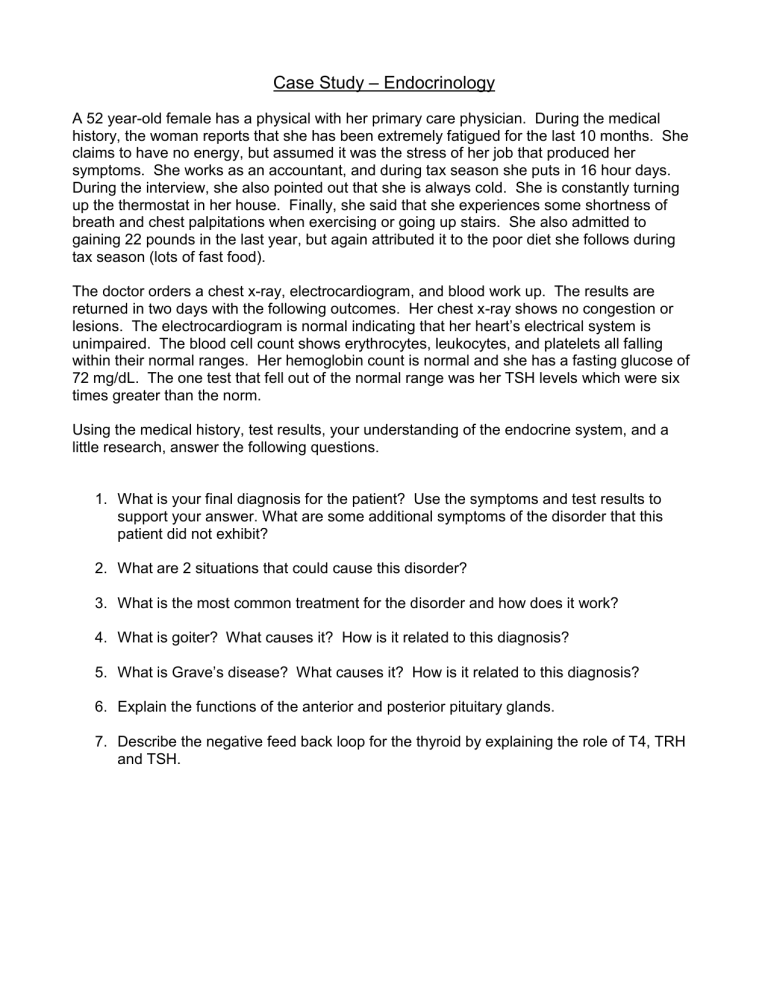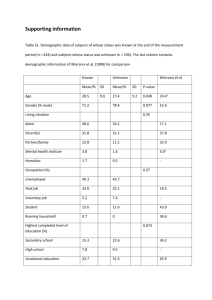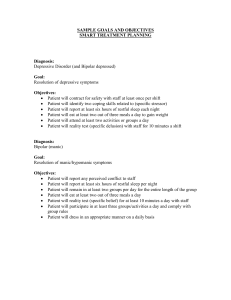
Case Study – Endocrinology A 52 year-old female has a physical with her primary care physician. During the medical history, the woman reports that she has been extremely fatigued for the last 10 months. She claims to have no energy, but assumed it was the stress of her job that produced her symptoms. She works as an accountant, and during tax season she puts in 16 hour days. During the interview, she also pointed out that she is always cold. She is constantly turning up the thermostat in her house. Finally, she said that she experiences some shortness of breath and chest palpitations when exercising or going up stairs. She also admitted to gaining 22 pounds in the last year, but again attributed it to the poor diet she follows during tax season (lots of fast food). The doctor orders a chest x-ray, electrocardiogram, and blood work up. The results are returned in two days with the following outcomes. Her chest x-ray shows no congestion or lesions. The electrocardiogram is normal indicating that her heart’s electrical system is unimpaired. The blood cell count shows erythrocytes, leukocytes, and platelets all falling within their normal ranges. Her hemoglobin count is normal and she has a fasting glucose of 72 mg/dL. The one test that fell out of the normal range was her TSH levels which were six times greater than the norm. Using the medical history, test results, your understanding of the endocrine system, and a little research, answer the following questions. 1. What is your final diagnosis for the patient? Use the symptoms and test results to support your answer. What are some additional symptoms of the disorder that this patient did not exhibit? 2. What are 2 situations that could cause this disorder? 3. What is the most common treatment for the disorder and how does it work? 4. What is goiter? What causes it? How is it related to this diagnosis? 5. What is Grave’s disease? What causes it? How is it related to this diagnosis? 6. Explain the functions of the anterior and posterior pituitary glands. 7. Describe the negative feed back loop for the thyroid by explaining the role of T4, TRH and TSH.











